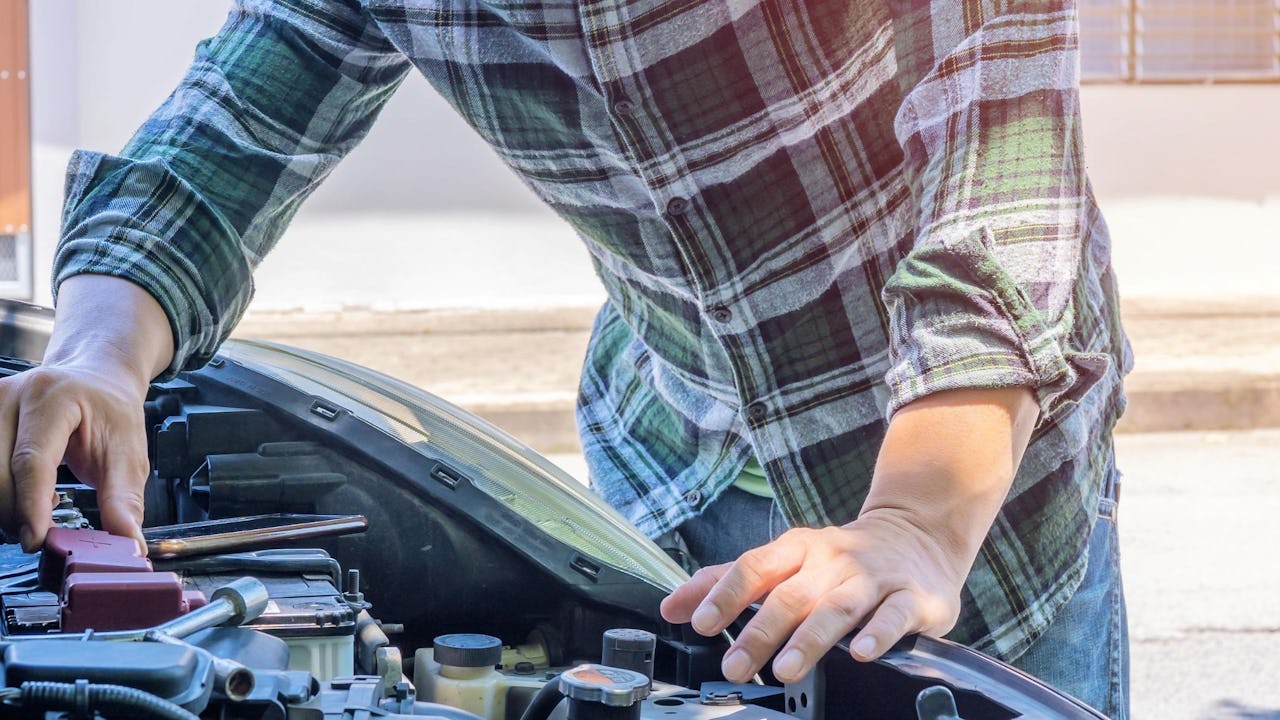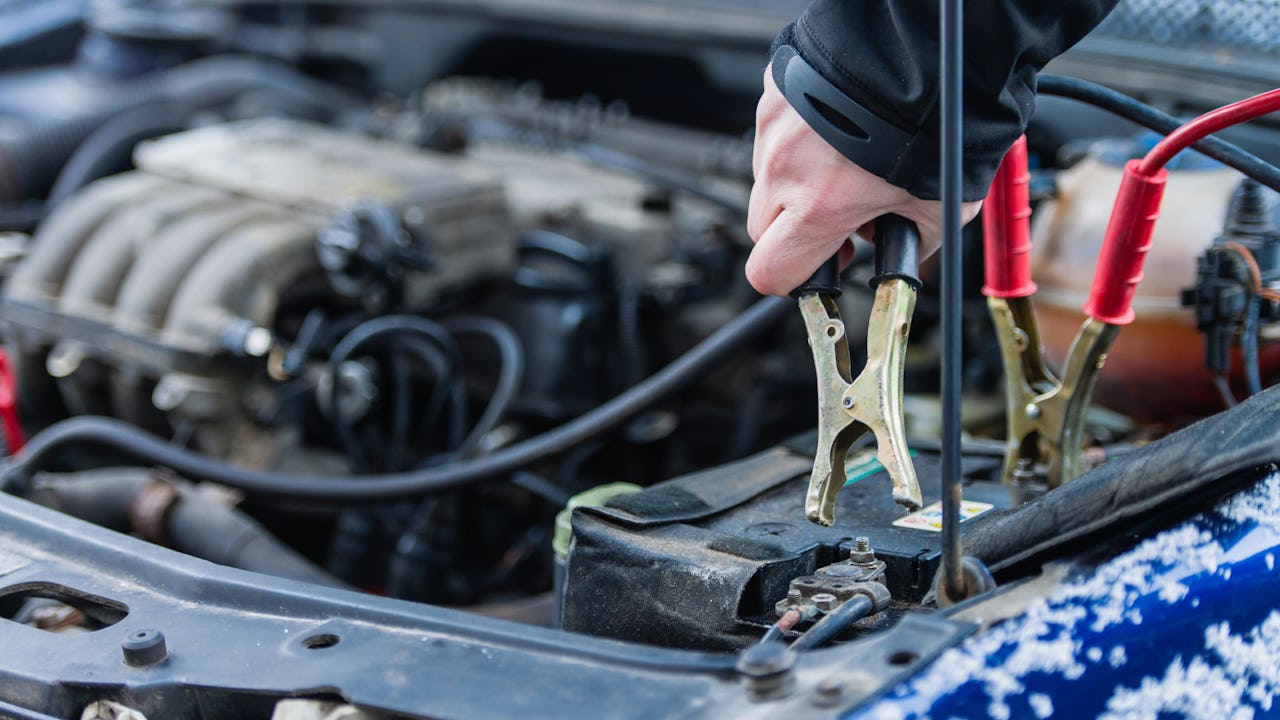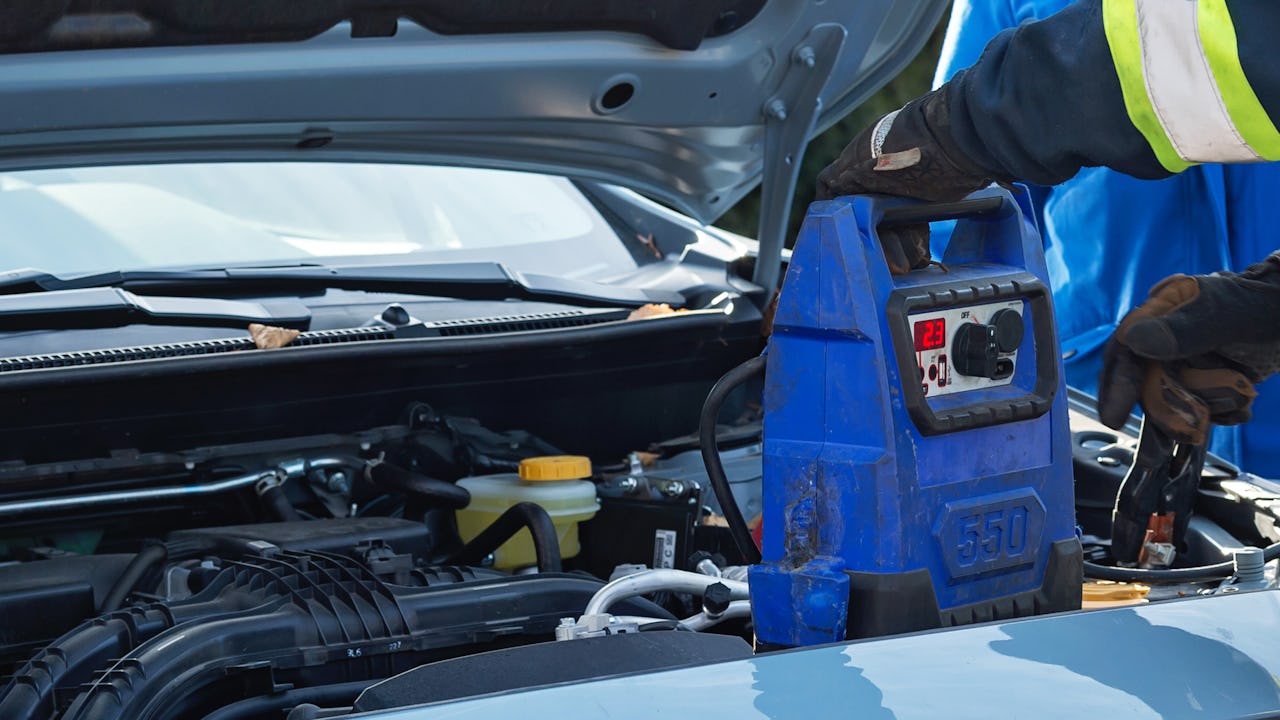Start your engines, Ontario!
Rrrrrr. Rrrrrr. Click. Rrrrr. Rrrrr. Click.
Anyone who has tried to start their car with a dead battery knows the sound – and the sinking feeling that they won’t be going anywhere soon.
As the frigid weather sets in, your car battery needs a little more care and attention to ensure it will start when you need it. Even if you’re not driving a lot, it’s important to keep the battery charge at peak efficiency.
Of course, there’s more to car battery health than driving it once a week, says Mike Schmidt, CAA’s Automotive Services Operations Manager.
“Really cold winter weather highlights problems that start in the summer heat. The heat cooks your battery, but the engine fluids flow easier, making it easier to turn the engine over. In the winter, you need more cranking power to turn that cold engine over and a weak battery just can’t do it any longer,” he says.
“There are a few key things you can do to ensure your battery is optimal throughout the year and ready to get your car where it needs to go.” Here are his top tips.
Start your car every week. With the onboard computers, daytime lights and electronic key fobs, it’s not surprising that all car batteries eventually lose charge over time – it’s called self-discharge. Frigid temperatures put extra stress on battery health. The answer is to start the car to keep up the charge by taking it for good drive a few times a week and hooking your battery to a trickle charger. This is particularly important for residents of Northern Ontario, where overnight temperatures dip drastically.
Keep the battery clean. Everything in life works better when it’s well maintained, including your battery. Keep the top of the casing and terminals clean, dry and free of debris. A dirty battery can discharge across the grime and create a mild short circuit that will eventually flatten the charge.
Check the voltage once a month. If a car battery is left partially or fully discharged, its life can be dramatically shortened. Once a month, check its health with a voltmeter – the voltage should be around 12.7 volts or more.
Make sure you have the right battery. It sounds so obvious, like having the right shoe size, but an underpowered battery could lead to trouble. If your car has automatic stop-start, replacing your EFB (enhanced flooded battery) or AGM (absorbed glass mat) battery with a conventional lead-acid model could damage your car.
Get trusted advice. If you’re running into issues or just run out of battery, call CAA and our Mobile Battery Service can come check your battery health or replace it on the spot. Available in Ottawa, Carleton Place, Smith Falls, Perth, Sudbury and Thunder Bay. No appointment necessary. Call 1-800-CAA-HELP (1-800-222-4357)

.png?ixlib=gatsbyFP&auto=compress%2Cformat&fit=max&q=50&rect=0%2C0%2C3840%2C1200&w=3840&h=1200)




.jpg?ixlib=gatsbyFP&auto=compress%2Cformat&fit=max&q=50&rect=0%2C0%2C3840%2C2160&w=1280&h=720)